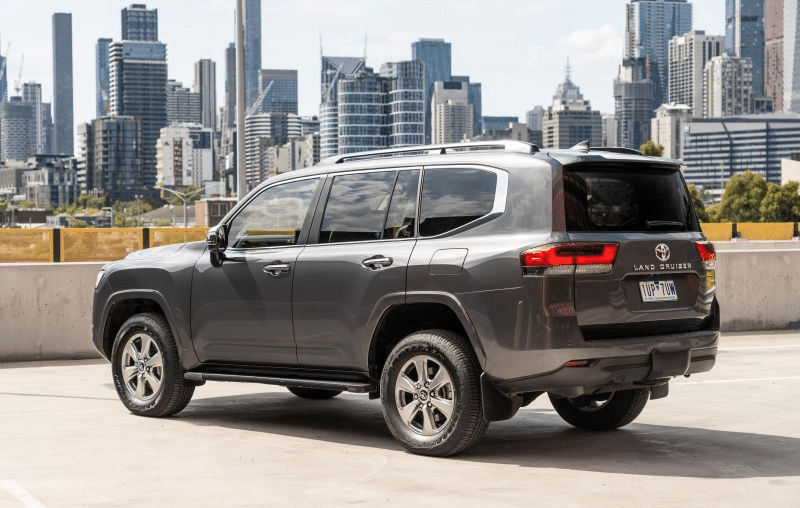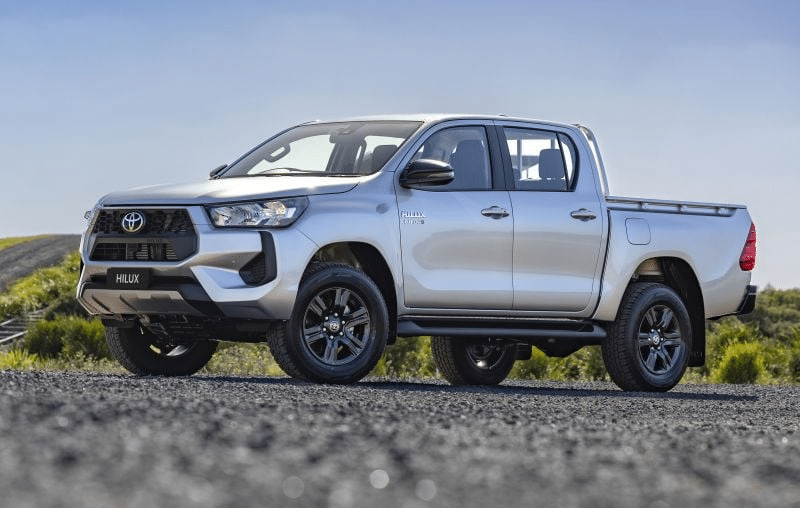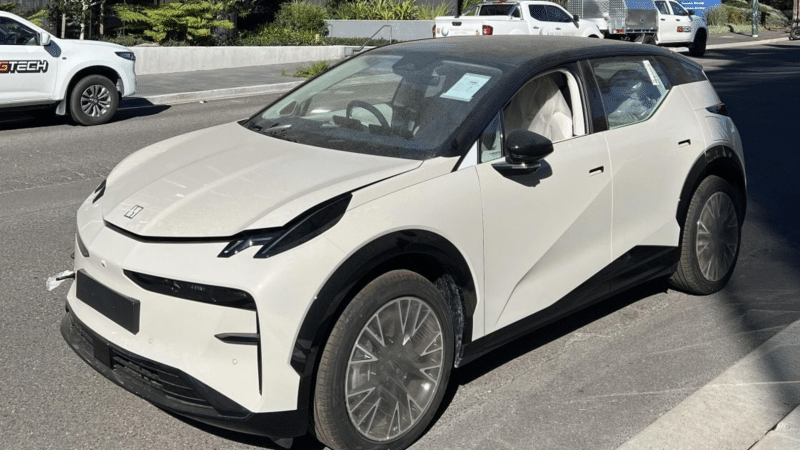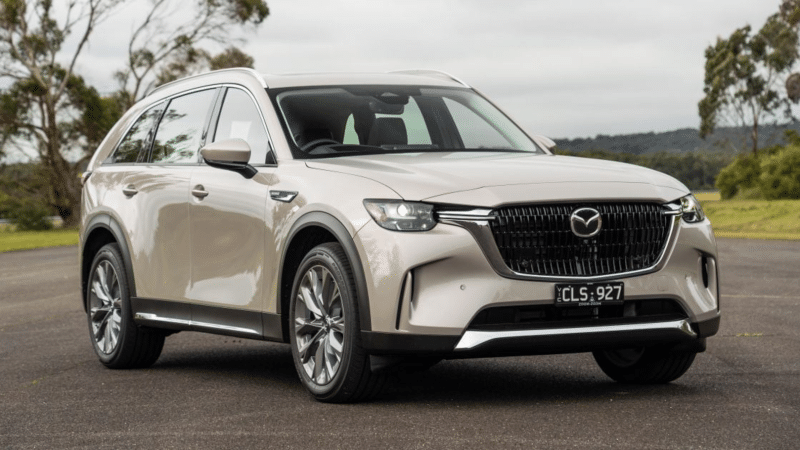Australian Government Makes Concessions to Proposed New Vehicle Efficiency Standard (NVES)

Australian Government Makes Concessions to Proposed New Vehicle Efficiency Standard (NVES)
Will the revised NVES be enough to significantly reduce vehicle emissions and offer choices for Australian motorists?
The Australian Government has made key concessions to its proposed NVES in order to secure its passage through Parliament. Climate Change and Energy Minister Chris Bowen and Transport Minister Catherine King announced the changes today, joined by various industry representatives. The legislation will be introduced in Parliament tomorrow, with the scheme intended to come into effect on January 1, 2025. The Government has also committed $60 million in support for car dealers for charging infrastructure under its Driving the Nation fund.

The Government plans to reclassify a “limited number” of “workhorse-type” four-wheel drives, including the Ford Everest, Nissan Patrol, and Toyota LandCruiser, from the passenger car category to the light commercial vehicle category, along with utes and vans. This move is aimed at creating a smoother emissions trajectory for the light commercial vehicle category.
The Government will also make adjustments to the weight-based relative emissions limits, recognizing that heavier vehicles emit more. These changes are part of the revised NVES, which is projected to reduce passenger vehicle emissions by more than 60% by 2030 and roughly halve the emissions of new light commercial vehicles over the same period.
Transport Minister Catherine King emphasized that the Government had taken practical suggestions into account, while Climate Change and Energy Minister Chris Bowen stressed that electric vehicle sales targets will not be set. The changes were the result of successful consultation with industry and lobby groups, with stakeholders having their concerns considered.
Toyota Australia president and CEO Matthew Callachor expressed support for the amendments made by the Government, although he acknowledged the challenges that lie ahead. He rejected the idea that the NVES is a “ute tax,” stating that the policy is aimed at reducing overall emissions in the economy.
The Green party leader, Adam Bandt, previously indicated that their support for the NVES legislation was contingent on Labor not making a deal on offshore gas project approvals with the Coalition. However, he recently stated that the Greens would wait to see the final legislation before making a decision. Opposition Leader Peter Dutton has expressed opposition to the NVES, even in a modified form, arguing that it would unfairly penalize Australians making purchasing decisions. The Coalition has referred to the NVES as a “family car and ute tax” and claimed that it would drive up the prices of popular models.
The Federal Chamber of Automotive Industries (FCAI), representing car brands in Australia, welcomed the changes made by the Government as a step in the right direction. However, they continue to have concerns about the impact on industry and consumers, and are calling on the Government to release the full legislation and modeling that underpins the policy.

- Certain four-wheel drives will be reclassified
- Emissions limits will be adjusted based on vehicle weight
- Revised NVES aims to reduce emissions by 60% by 2030
- No electric vehicle sales targets will be set

The Australian Government has responded to feedback and made concessions to its proposed NVES. The reclassification of certain four-wheel drives, adjustments to emissions limits based on weight, and the overall aim to reduce emissions demonstrate the Government’s commitment to addressing climate change. The NVES still faces opposition from various quarters, but its potential impact on reducing emissions and creating choices for Australian motorists cannot be overlooked.








